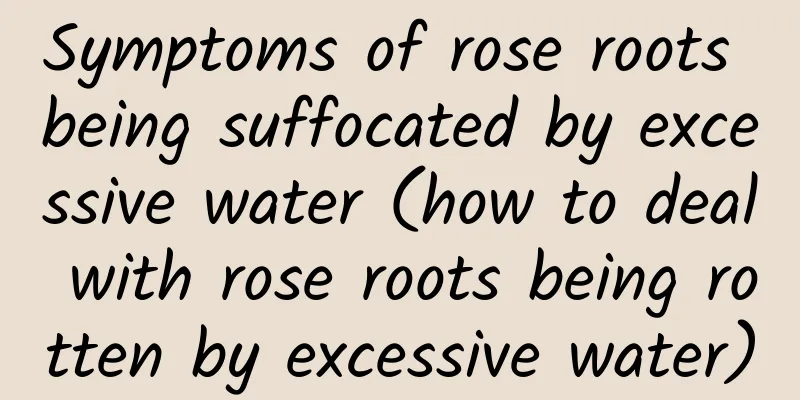What are the cultivation methods and precautions of net-grass?

Growth habit of spiderwortNet-grass is a plant of the Acanthaceae family, Net-grass genus. The plant is generally 20 cm tall, with oval or elliptical leaves and fine reticular patterns on the leaf surface. The flowers of spiderwort are yellow and bloom from September to November. There are three main methods of propagation of spiderwort: division, cuttings and tissue culture, among which the cutting method is the most commonly used. How to cultivate net grassNet-veined grass likes a warm environment, and the suitable temperature for its growth is 18 to 24 degrees. It is not resistant to low temperatures, and the temperature in winter should not be lower than 13 degrees. Net-veined grass likes a humid environment and requires a higher air humidity during the growth period. It is not resistant to direct sunlight, and scattered light is best. A shade net is needed in summer. Sandy soil is conducive to the growth of spiderwort. It is not cold-resistant and the suitable room temperature is 20-25 degrees. You don’t need to water it if the soil in the pot is not dry. You can water it once in the morning and once in the evening if necessary. Watering methodNet-veined grass can be watered once in the morning and once in the evening, but not too much water to prevent the roots from not being able to breathe well. It should also not be short of water, otherwise it will not be able to absorb enough water, causing the plant to wither. In summer, when the temperature is high, you can sprinkle water appropriately to cool it down. Fertilization methodNet-veined grass does not have high requirements for fertilizer and can be fertilized once every half a month. Usually we can buy special fertilizers or apply diluted fertilizer water. Pruning methodsNote that you can cut off the top branches to promote the growth of the side branches of the spiderwort. Proper pruning can also reduce nutrient loss and enhance the overall ornamental value of the plant. Precautions for cultivating net grass1. Soil: Net-veined grass likes sandy soil. You can mix leaf mold with river sand or other soil with good air permeability so that the net-veined grass can grow better. 2. Temperature: Net-veined grass is not cold-resistant, and usually the minimum temperature must be maintained above 13 degrees so that it can grow normally. Otherwise it will cause its leaves to fall, stop growing, or even the death of the plant. The suitable room temperature is 20-25 degrees. 3. Light: Net-veined grass likes sunlight but cannot be exposed to strong light, so it is best to place it on a south-facing balcony. Diffused light is most suitable. Too strong sunlight will cause the leaves to wither and even lead to its death. |
<<: How to prune wintersweet trees
>>: What is the best season to plant longan?
Recommend
How to sow blue chrysanthemum
Preparation before sowing blue chrysanthemum Fill...
How to care for Clivia before it blooms
1. Flowering time Its most abundant blooming seas...
Cultivation methods and precautions of Yunnan Polygonatum
1. Maintenance methods 1. Soil: It has high requi...
Quick remedy for yellowing leaves of green radish
As a popular household plant, Pothos is known for...
How to grow small-leaf gardenia
1. Soil Small-leaf gardenia is an acidic plant, s...
What fertilizer is best for poplar trees?
Poplar is a tall tree that grows quickly and has ...
Can asparagus be grown in pots?
Can asparagus be planted in pots? Asparagus can b...
How to grow the succulent rain heart
1. Light and temperature Because it prefers sunsh...
Cultivation methods and precautions for newly purchased Phalaenopsis
Phalaenopsis is a favorite in the winter flower m...
Diseases and prevention methods of Albizia Julibrissin
Diseases of Albizia Julibrissin: Rust symptom The...
How to care for and water a potted money tree?
The money tree , scientifically known as Pachira ...
Cultivation methods and precautions of bamboo cypress
1. Breeding methods 1. Soil: It prefers to grow i...
How to plant yam in pots when it sprouts How to plant yam in pots when it sprouts
Yam is a very delicious medicinal food ingredient...
Should I use a large or small pot to grow camellia?
Should Camellia be planted in a large or small po...
Banyan tree growth environment conditions and characteristics
Banyan tree growth environment conditions and req...









